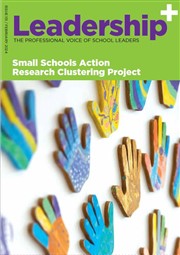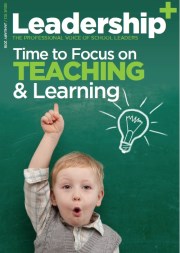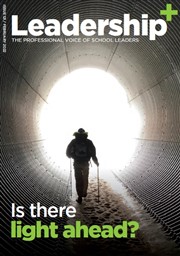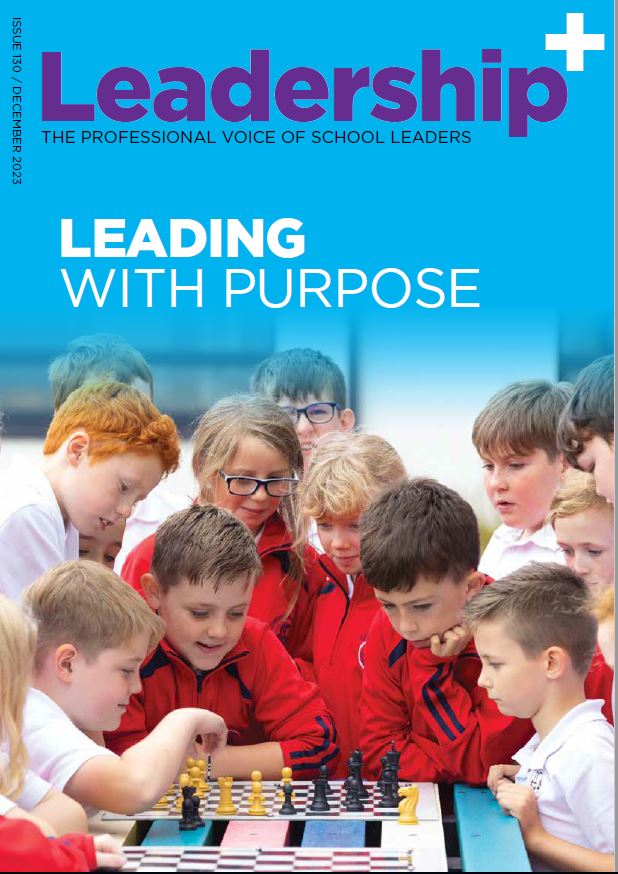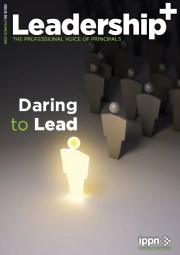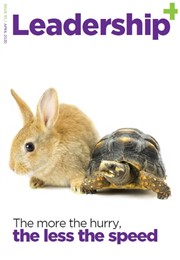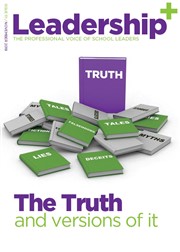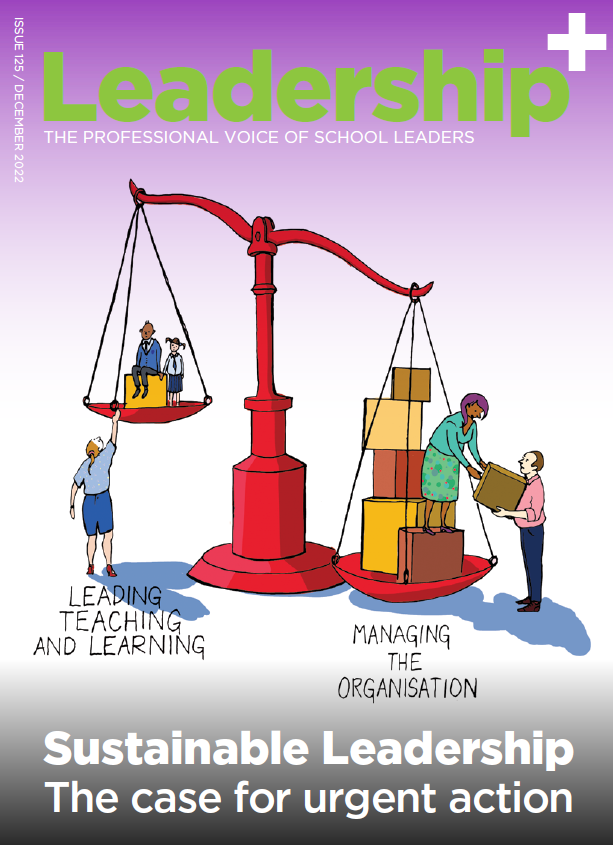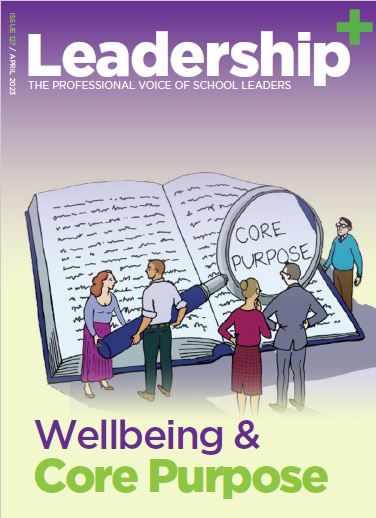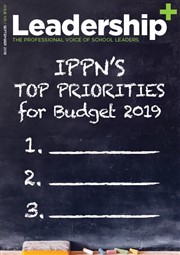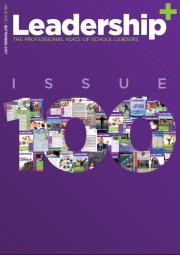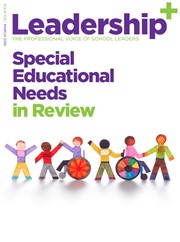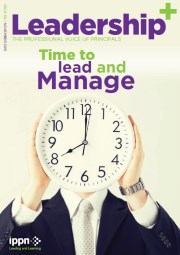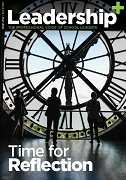What pupils' assessed level means
- Published: 11 July 2005
Children are coming home with their end-of-year reports - but these do not always explain their attainment levels to parents.
So if a nine-year-old is assessed as working at Level 3c for maths, is that good news or not?
Some school reports provide a guide but there is no standard format and others have no glossary at all.
As with most things, aspects differ within the UK's four education systems.
'Key stages'
The assessment levels relate to the national curriculums in England, Wales and Northern Ireland which are divided into "key stages" corresponding with schooling years.
In England and Wales, Key Stage 1 covers Year 1 and Year 2, at the end of which most children will be aged seven.
Key Stage 2 covers the next four school years, until most children are 11 and at the end of their primary schooling.
Key Stage 3 is, for most, the first three years of secondary school, after which they will be 14.
Key Stage 4 covers the two years in which children generally will be working towards GCSE and GNVQ examinations, and takes them to the end of compulsory education aged 16.
In Northern Ireland the broad pattern is similar but the ages differ.
Key Stage 1 covers the first four school years for pupils aged four to eight.
Key Stage 2, Year 5 to Year 7, pupils aged eight to 11.
Key Stage 3, Year 8 to 10, ages 11 to 14.
Key Stage 4 is years 11 and 12 for pupils aged 14 to 16.
Attainment levels
The curriculum and assessment authorities expect children to be able to do certain things by certain ages.
EXAMPLE: LEVEL 2 MATHS, ENGLAND
Pupils count sets of objects reliably, and use mental recall of addition and subtraction facts to 10 They begin to understand the place value of each digit in a number and use this to order numbers up to 100 They choose the appropriate operation when solving addition and subtraction problems They use the knowledge that subtraction is the inverse of addition They use mental calculation strategies to solve number problems involving money and measures They recognise sequences of numbers, including odd and even numbersTeachers assess their pupils against these to establish how they are doing - and the children also sit formal tests at certain stages, especially in England.
The results are reported as levels, ranging from 1 to 8 (with W for "working towards Level 1" for the less able).
For younger children these levels may be reported with sub-divisions: a, b and c - "a" being the highest.
Most children at the end of Key Stage 1 will reach Level 2.
The level expected at the end of Key Stage 2 in England and Wales (11-year-olds) is Level 4, though in Northern Ireland the expectation is officially "Level 3 or 4".
At Key Stage 3 most children are expected to reach Level 5 or 6, so those attaining 7 or 8 are above average, while there is also an "exceptional" category.
Things are less clear for parents of children who are not at the end of the key stages - such as the nine-year-old said to be at Level 3c.
But most children making steady progress would be expected to move up a level on the national curriculum scale every two years or so.
In Scotland, where there are guidelines but no prescribed curriculum, things are rather different - and the assessment system is being changed.
At present, attainment levels run from A through to F.
Most pupils are expected to achieve Level A in their second or third year of primary school (P2/P3), aged six or seven, Level B by the end of P4, Level C in P5 or P6 and Level D by the end of P7.
Level E should be reached by the end of the second year of secondary schooling, when some will manage the higher attainment of Level F.













